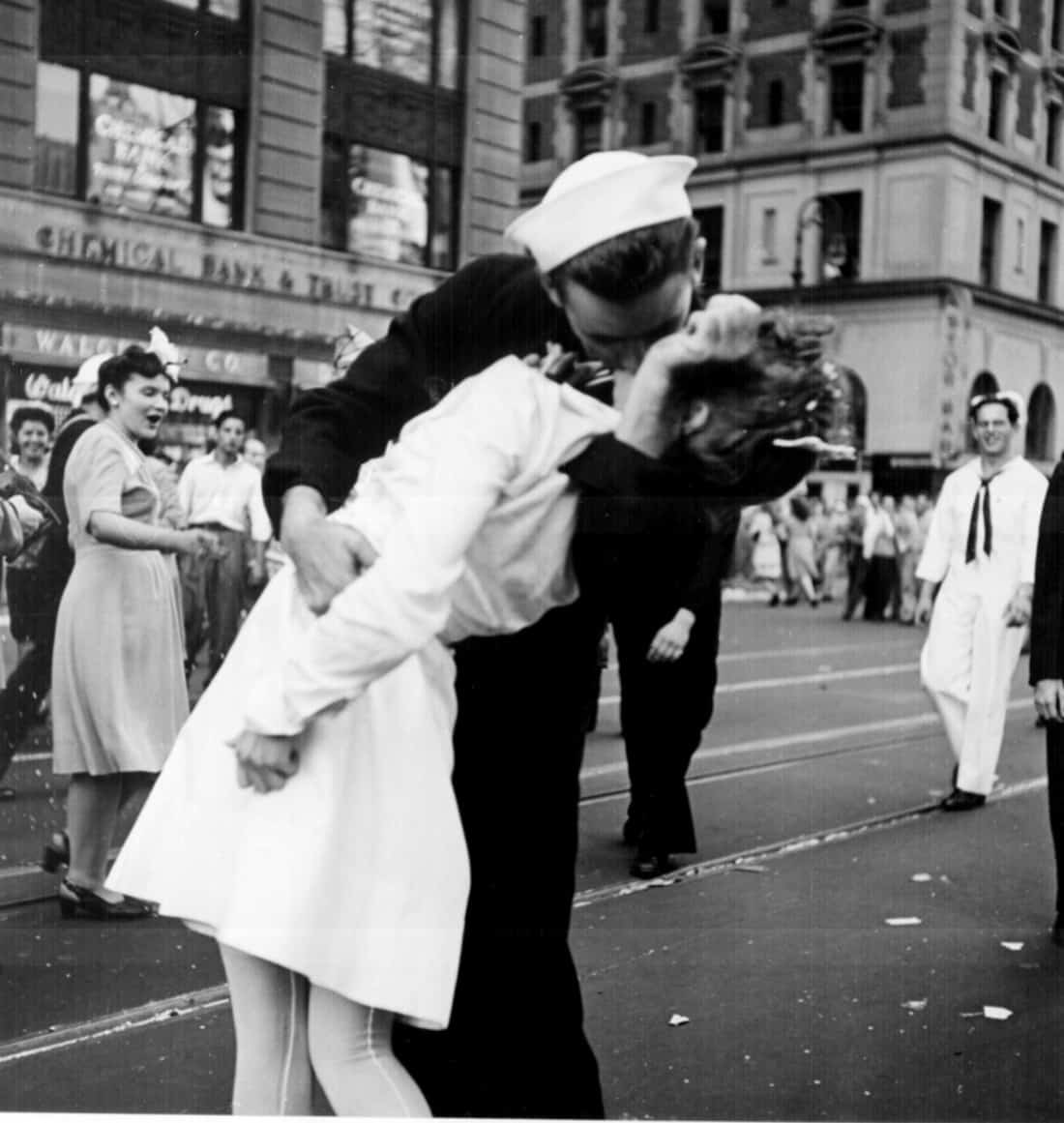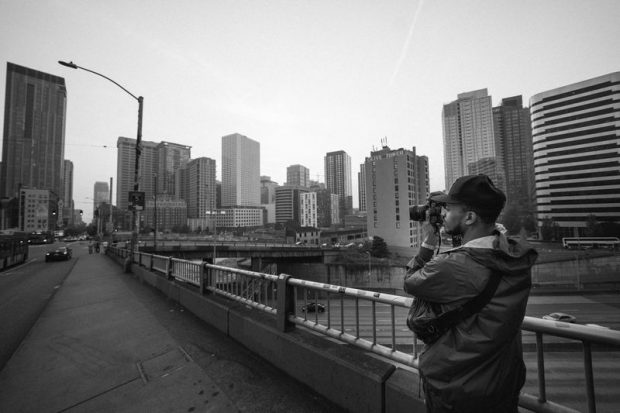What Does Framing Streets Do?
Table of ContentsThe Only Guide to Framing StreetsFacts About Framing Streets Uncovered10 Easy Facts About Framing Streets ShownThe Ultimate Guide To Framing StreetsThe Only Guide for Framing Streets4 Easy Facts About Framing Streets Shown
Photography style "Crufts Pet Program 1968" by Tony Ray-Jones Street digital photography (additionally often called honest photography) is digital photography carried out for art or query that features unmediated chance experiences and random events within public places, generally with the goal of catching images at a crucial or touching moment by mindful framework and timing. 
About Framing Streets
Susan Sontag, 1977 Street digital photography can focus on individuals and their habits in public. In this regard, the street photographer is comparable to social documentary digital photographers or photojournalists who also function in public places, yet with the goal of catching relevant events. Any of these photographers' images may capture individuals and residential property noticeable within or from public areas, which often entails browsing honest concerns and laws of privacy, security, and property.
Representations of everyday public life create a style in nearly every duration of world art, starting in the pre-historic, Sumerian, Egyptian and very early Buddhist art durations. Art handling the life of the road, whether within views of cityscapes, or as the leading concept, shows up in the West in the canon of the North Renaissance, Baroque, Rococo, of Romanticism, Realism, Impressionism and Post-Impressionism.
Indicators on Framing Streets You Should Know
Louis Daguerre: "Boulevard du Temple" (1838 or 1839) In 1838 or 1839 the very first picture of numbers in the road was videotaped by Louis-Jacques-Mand Daguerre in among a pair of daguerreotype views drawn from his studio home window of the Blvd du Temple in Paris. The second, made at the height of the day, shows an uninhabited stretch of street, while the other was taken at about 8:00 am, and as Beaumont Newhall reports, "The Boulevard, so frequently loaded with a moving bunch of pedestrians and carriages was completely singular, other than a person who was having his boots cleaned.
His boots and legs were well defined, however he is without body or head, due to the fact that these were in movement." Charles Ngre, waterseller Charles Ngre. https://hearthis.at/framingstreets1/set/framing-streets/ was the initial photographer to acquire the technological class required to sign up individuals in activity on the road in Paris in 1851. Photographer John Thomson, a Scotsman functioning with reporter and social protestor Adolphe Smith, published Road Life in London in twelve month-to-month installments starting in February 1877
Some Ideas on Framing Streets You Should Know
Eugene Atget is considered as a progenitor, not since he was the initial of his kind, yet as a result of the popularisation in the late 1920s of his document of Parisian roads by Berenice Abbott, who was inspired to carry out a similar documentation of New York City. [] As the city developed, Atget helped to advertise Parisian roads as a worthy topic for digital photography.

The Best Strategy To Use For Framing Streets
Martin is the very first videotaped digital photographer to do so in London with a disguised electronic camera. Mass-Observation was a social research organisation established in 1937 which intended to record daily life in Britain and to tape the responses of the 'man-in-the-street' to King Edward VIII's abdication in 1936 to wed divorce Wallis Simpson, and the succession of George VI. The principal Mass-Observationists were anthropologist Tom Harrisson in Bolton and poet Charles Madge in London, and their initial report was generated as the book "May the Twelfth: Mass-Observation Day-Surveys 1937 by over 2 hundred observers" [] Home window cleaner at Kottbusser Tor, Berlin, by Elsa Thiemann c. 1946 The post-war French Humanist Institution photographers found their subjects on the street special info or in the restaurant. Andre Kertesz.'s commonly admired Images la Sauvette (1952) (the English-language version was entitled The Crucial Minute) promoted the concept of taking a picture at what he called the "crucial moment"; "when kind and material, vision and make-up merged right into a transcendent whole" - Street photography.
Not known Facts About Framing Streets
, then an educator of young children, connected with Evans in 193839.'s 1958 publication,, was substantial; raw and frequently out of emphasis, Frank's pictures examined mainstream digital photography of the time, "challenged all the official guidelines laid down by Henri Cartier-Bresson and Pedestrian Evans" and "flew in the face of the wholesome pictorialism and sincere photojournalism of American publications like LIFE and Time".